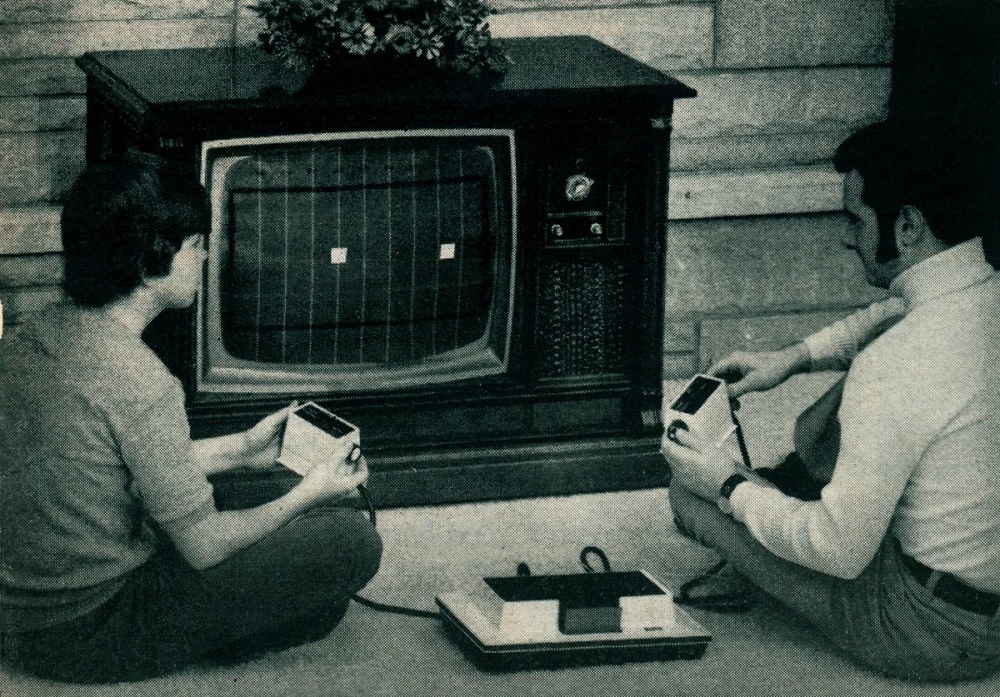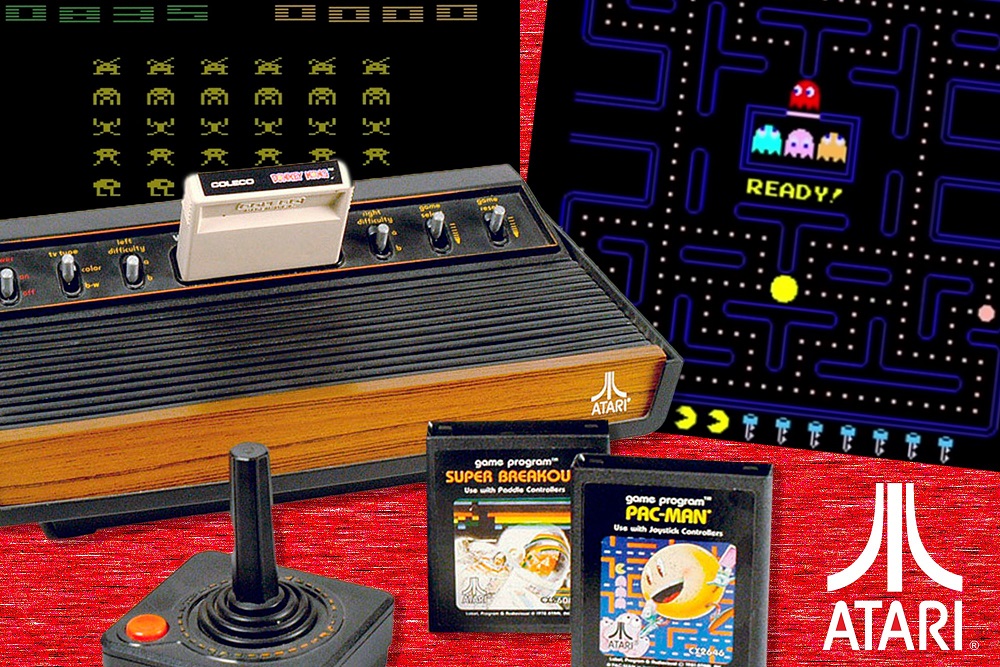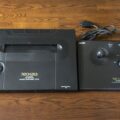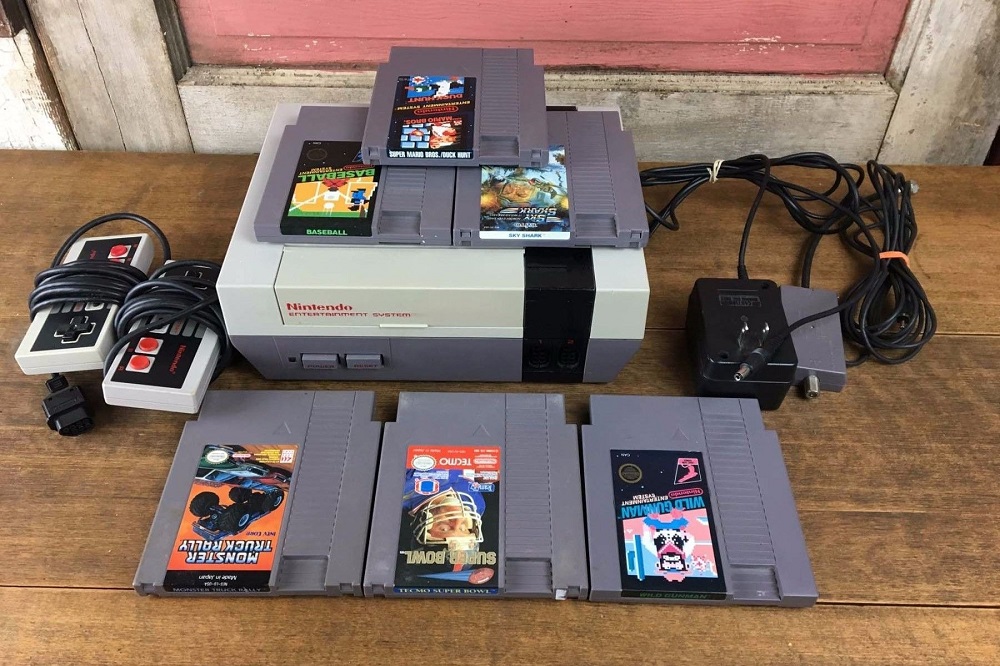Before smartphones ruled the world, handheld gaming was the wild frontier of innovation — and sometimes, chaos.
The early 2000s were a time when every tech company wanted a slice of the portable gaming pie.
Nintendo and Sony dominated with the Game Boy Advance and PSP, but a new wave of challengers emerged — armed with ambition, strange ideas, and (occasionally) questionable design choices.
At Oldies Nest, we’re looking back at the weirdest era in portable gaming history — when the dream of combining gaming, music, and phones produced some of the strangest, boldest devices ever made.
The Scene: After the Game Boy Era
By the early 2000s, the Game Boy line had sold over 100 million units, cementing Nintendo as the king of handhelds.
As covered in Game Boy: The Console That Fit In Your Pocket, simplicity and battery life were its winning formula.
But technology was evolving fast. Mobile phones were getting color screens, MP3 players were everywhere, and people wanted a single gadget that could do everything.
This set the stage for an ambitious — and sometimes disastrous — wave of hybrid handhelds.
Nokia N-Gage (2003): The “Taco Phone” That Tried Too Hard

Let’s start with the most infamous one.
Nokia’s N-Gage was the first major attempt to merge gaming and telephony. It promised console-quality graphics, 3D gameplay, and mobile calls — all in your pocket.
The Concept
- Launched in October 2003.
- Marketed as a Game Boy and phone hybrid.
- Featured Bluetooth multiplayer, SD card storage, and MP3 playback.
The Problems
- You had to remove the battery to swap games.
- The phone design forced users to hold it sideways to talk — giving it the nickname “Taco Phone.”
- A weak launch library and awkward controls limited appeal.
Despite these flaws, the N-Gage pioneered features we take for granted today — mobile multiplayer, downloadable games, and a connected gaming ecosystem.
In hindsight, it was simply too early.
Nokia’s vision of a connected, multimedia device foreshadowed the smartphone era — making the N-Gage one of gaming’s most fascinating misfires.
Gizmondo (2005): The Rise and Fall of Infamy

If the N-Gage was ambitious, the Gizmondo was notorious.
Developed by the Swedish company Tiger Telematics, the Gizmondo promised everything:
GPS navigation, messaging, music, video playback, and, of course, gaming.
The Specs
- 2.8-inch color screen
- ARM9 processor
- SD card support
- Built-in camera and GPS
The Reality
Only about 25 games were ever released, and most were forgettable.
The system’s price ($399 at launch) and lack of software made it a commercial disaster.
But what really doomed the Gizmondo was scandal.
Company executives were later exposed for ties to organized crime and financial fraud — turning the console’s failure into tabloid legend.
Today, collectors prize it as a curiosity of gaming history, a monument to how big dreams can go very wrong.
Tapwave Zodiac (2003): The Forgotten Pioneer
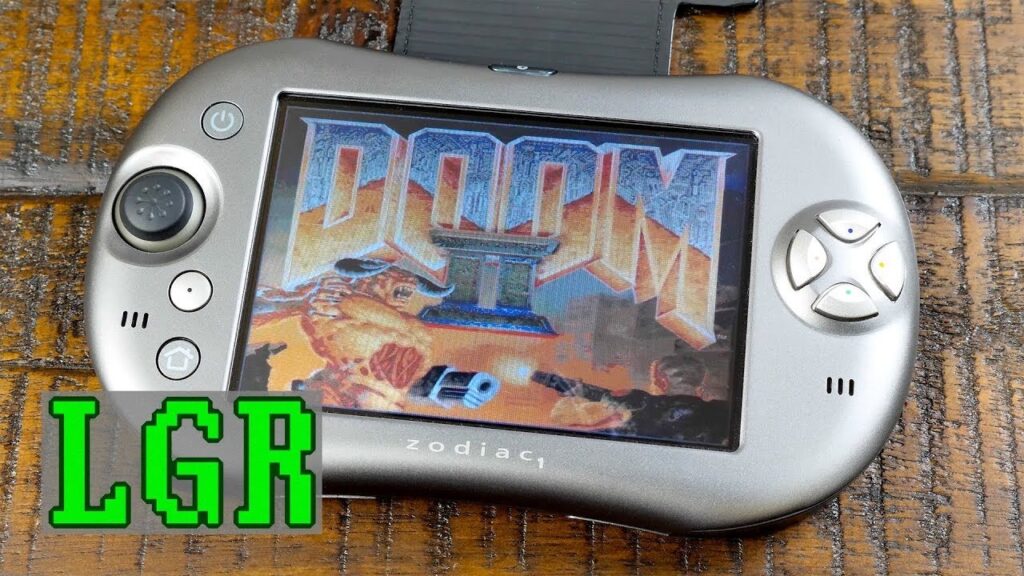
While Nokia and Tiger Telematics grabbed headlines, a quieter contender was doing something genuinely innovative.
The Tapwave Zodiac was a Palm OS-based handheld designed by ex-Palm engineers.
It combined gaming with PDA functionality — touchscreen controls, SD expansion, Bluetooth, and multimedia support — all before the iPhone existed.
Highlights
- Gorgeous 480×320 display (rare for 2003).
- Analog-style joystick.
- Great ports like Tony Hawk’s Pro Skater 4 and Doom II.
The Zodiac earned critical praise but couldn’t survive the marketing muscle of Nintendo and Sony.
Still, its sleek design and vision for “entertainment plus productivity” make it one of the most ahead-of-its-time devices in portable history.
Sony PSP (2004): The Dream Realized

While others experimented wildly, Sony got it right.
The PlayStation Portable (PSP) delivered the cinematic gaming experience everyone else was chasing.
It had a widescreen display, movie playback, digital music, and console-level graphics — all in a compact, premium package.
As discussed in Handheld Legends: PSP vs. Nintendo DS, the PSP marked the peak of handheld sophistication before smartphones took over.
Where the N-Gage stumbled, the PSP soared — proving that multimedia gaming could succeed if done with balance, support, and brand trust.
Beyond the Gimmicks: Why They Failed
The weird handhelds of the early 2000s had one thing in common: vision beyond their means.
They aimed to combine phones, media players, and consoles long before technology — or networks — were ready.
Key reasons for failure included:
- Poor ergonomics (designed as phones first, consoles second).
- Limited game libraries.
- High prices and short battery life.
- No developer ecosystem.
In short, they tried to be everything — and ended up being nothing to most players.
Still, these failures taught valuable lessons that shaped future devices like the iPhone, Nintendo Switch, and even Steam Deck.
The Others: Forgotten Oddities
While the N-Gage and Gizmondo hog the spotlight, several other weird handhelds deserve mention:
Game.com (1997) – Tiger Electronics’ internet-connected handheld, years before Wi-Fi gaming became normal.
Neo Geo Pocket Color (1999) – Beloved by collectors, but commercially overshadowed.
GP32 (2001) – Korean-made open-source handheld that became a cult classic for emulation fans.
Pandora (2009) – Linux-powered, crowdfunded hybrid with a devoted community of tinkerers.
Each of these devices pushed boundaries in their own strange ways — proving that innovation often comes wrapped in failure.
Collectibility and Modern Legacy
Today, these “weird handhelds” have found new life as collector’s items.
Their small production runs and bizarre histories make them fascinating for retro enthusiasts.
- N-Gage QD units in box can sell for $300+.
- Gizmondos in working condition fetch over $500 due to rarity.
- The Tapwave Zodiac is coveted by homebrew fans for its open-source flexibility.
For collectors, these machines represent lost futures — alternate timelines of what gaming might have become.
As The Rise and Fall of Atari showed, every console that fails still teaches the industry what not to do next.
Lessons from the Weird Era
The 2000s handheld wars were a paradox: too advanced for their time, yet too limited for lasting success.
They represent the bridge between retro handhelds and modern mobile gaming — a period of experimentation, risk, and ambition.
Here’s what they taught us:
- Design matters. Players don’t want to hold a taco.
- Software sells hardware. Without games, even great tech dies.
- Innovation without practicality fails.
- Every misstep pushes evolution forward.
Without the failures of N-Gage and friends, the hybrid DNA of today’s handhelds — from the Switch to the Playdate — might never have existed.
Conclusion: The Beauty of Bold Mistakes
Looking back, these strange devices weren’t failures — they were experiments in possibility.
They dared to ask: What if you could carry your console everywhere?
And even if they stumbled, their ambition paved the road for everything that followed.
In an era where portable gaming meant either Game Boy simplicity or full-blown PSP power, these oddballs carved a strange, wonderful middle ground.
They may have been weird, awkward, and short-lived — but they were also visionary.
Because every innovation, no matter how strange, starts with someone willing to try something different.
And in the story of gaming, the weird ones always matter most.

